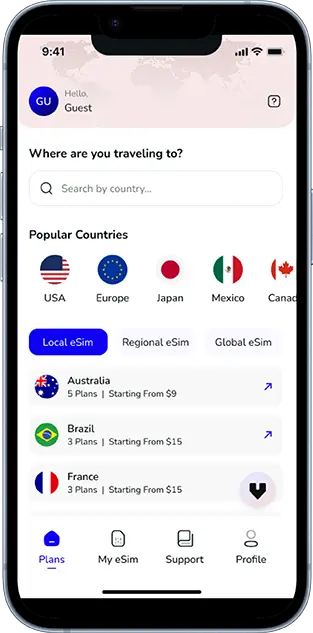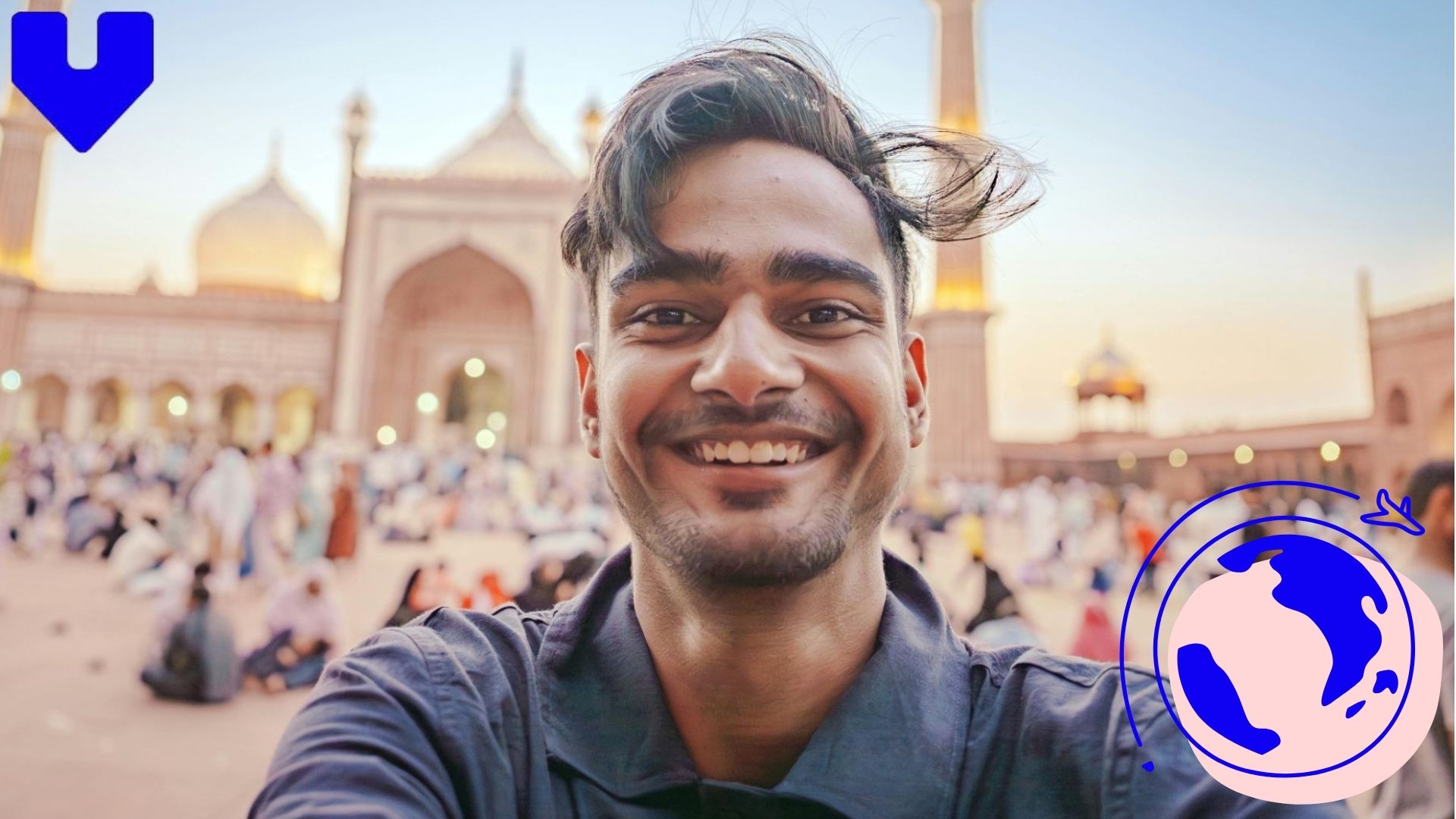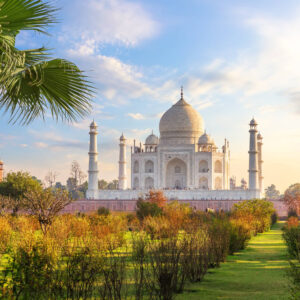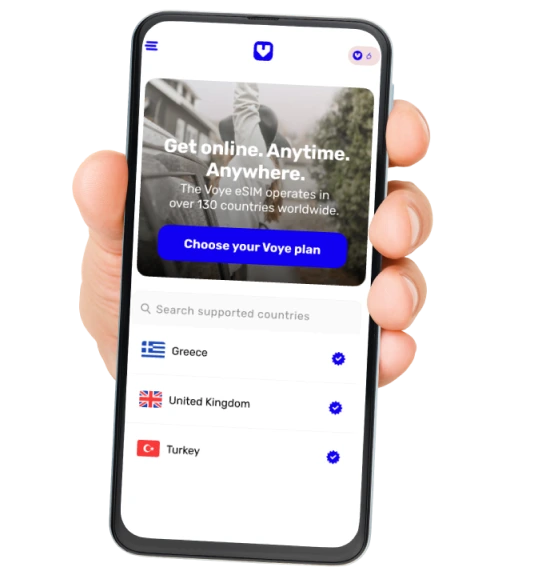Note that iPhone devices from Mainland China aren’t eSIM compatible. Also iPhone devices from Hong Kong and Macao aren’t compatible (except for iPhone 13 Mini, iPhone 12 Mini, iPhone SE 2020 and iPhone XS)
Visiting India for the first time is a journey unlike any other – vibrant, unpredictable, and deeply transformative. It’s a land where ancient traditions meet fast-paced modern life, where every street corner holds a story, and every meal feels like a celebration. But for all its beauty and wonder, India can be overwhelming for first-time visitors who arrive unprepared.
From underestimating travel distances to misreading cultural cues, even seasoned travelers can make small mistakes that affect their experience. Understanding what to expect – and what to avoid – can make all the difference between frustration and fascination.
This guide highlights the 10 most common mistakes tourists make in India and offers simple ways to avoid them. Whether you’re exploring palaces, temples, beaches, or mountain towns, these insights will help you embrace India’s magic smoothly, respectfully, and with confidence.
1. Trying to See All of India in One Trip
India is vast – stretching from the snowy Himalayas to tropical beaches and deserts. Yet, many first-time travelers try to cover it all in one go. They fly from Delhi to Goa, rush through Jaipur and Kerala, and barely pause to breathe. The result? Burnout instead of discovery.
How to Avoid:
Plan your trip around themes or regions, not the entire map. For culture and history, explore the Golden Triangle – Delhi, Agra, and Jaipur. If you love nature, head to Kerala for the backwaters or Himachal Pradesh for mountain life. Travelers seeking spirituality can focus on Varanasi and Rishikesh, while food lovers will enjoy Mumbai or Chennai.
Each area offers enough experiences to fill a week or more. India’s beauty lies in depth, not distance – take time to connect, observe, and let the country reveal itself slowly.
If you plan to explore India’s vibrant urban life, the Travel Guide for Mumbai offers the perfect balance of culture, coast, and modern charm – a great starting point for first-time visitors.
Stay Connected in India
Enjoy fast, reliable mobile data for your travels.
2. Ignoring Weather and Seasonal Differences
India’s climate isn’t uniform – it changes dramatically across regions and months. A traveler in Delhi might need a sweater while someone in Chennai sweats in the same season. Many visitors plan without considering this, leading to discomfort or disrupted plans.
How to Avoid:
Research weather patterns before finalizing your itinerary.
- North India: Best from October to March – cool and pleasant.
- South India: Ideal from November to February – warm but comfortable.
- Himalayas: Visit between April and June, or September and October for trekking.
- Deserts (Rajasthan): Avoid peak summer (April–June) due to scorching heat.
Also, pack layers – air-conditioned trains, buses, and hotels can make evenings chilly even in warm regions. By aligning your schedule with seasonal rhythms, you’ll explore more comfortably and avoid weather-related fatigue.
3. Overlooking Travel Buffers and Distances
India’s distances can be deceptive. What appears as a short drive on the map could take six hours, especially with traffic or road repairs. Even domestic flights and trains often face delays due to heavy congestion or weather changes.
How to Avoid:
Always keep flexibility in your schedule and add buffer time between trips. Use overnight trains or domestic flights for long routes, and plan fewer cities to travel deeper. For exploring peaceful destinations from India, staying connected with an eSIM for India by Voye Global ensures smooth navigation and effortless communication throughout your journey.
For travelers who want to discover India’s quieter, authentic side, India Beyond Tourist Trail highlights the country’s most peaceful, culture-rich cities beyond the usual hotspots.
Travel Smart, Stay Online
Navigate cities and maps easily with instant eSIM data.
4. Dressing Inappropriately and Ignoring Local Etiquette
India is colorful and expressive, but it’s also modest. Many first-time travelers underestimate this and wear revealing outfits, especially in smaller towns or temples. While locals are friendly, clothing that’s too short or tight can draw unnecessary attention or seem disrespectful.
How to Avoid:
Pack light, breathable, and modest clothing. Linen, cotton, and loose-fitting kurtas are perfect. For temples and mosques, cover shoulders, chest, and knees. Always remove shoes before entering religious or private homes.
Carry a scarf or shawl – it’s useful for covering up, sun protection, and blending in respectfully. Modest dressing isn’t restrictive; it’s a sign of cultural respect that locals appreciate deeply.
5. Misunderstanding Personal Space and Cultural Behavior
India thrives on energy and closeness – crowded markets, busy trains, and curious conversations are part of daily life. Some travelers mistake this as chaos or intrusion, while others react too defensively, missing opportunities to connect.
How to Avoid:
Embrace curiosity with calm and openness. If locals ask where you’re from or offer help, it’s usually a genuine interest. At the same time, maintain clear boundaries politely – a friendly “no, thank you” works better than frustration.
Avoid public displays of affection, which can make locals uncomfortable. When greeting someone, a gentle “Namaste” with folded hands feels warm and appropriate. India’s culture values politeness – approach it with patience and you’ll receive endless kindness in return.
Explore India Seamlessly
Keep your bookings and travel apps active everywhere.
6. Being Careless with Food and Water
Indian food is among the world’s best – fragrant curries, street snacks, and regional specialties everywhere. However, sudden exposure to spices, oils, or unfiltered water can upset even strong stomachs. Many travelers make the mistake of overindulging too soon.
How to Avoid:
Start slow. Choose busy food stalls where locals eat, since high turnover means fresh ingredients. Opt for cooked food like pav bhaji, biryani, or masala dosa before trying raw salads or cold desserts.
Never drink tap water. Stick to sealed bottled water or refill from filtered dispensers. Avoid ice unless you’re certain it’s made from purified water. Carry oral rehydration salts – India’s warm climate can dehydrate you faster than expected.
By eating smart, you’ll enjoy India’s culinary magic safely – from roadside samosas to five-star feasts.
7. Neglecting Personal Safety and Awareness
India is generally safe, especially for tourists, but small lapses in awareness can lead to pickpocketing or travel scams. This happens most in crowded areas like markets, train stations, or tourist sites.
How to Avoid:
Stay alert and confident, especially in busy zones. Keep wallets and phones secure in zippered bags and avoid flashing expensive jewelry or electronics. Only use registered taxis or ride apps like Uber and Ola.
Solo travelers should inform their hotels about day trips and avoid isolated areas at night. Most locals are kind and helpful – trust your instincts, stay aware, and you’ll navigate safely without fear.
Remember, safety in India isn’t about paranoia – it’s about preparation and awareness.
8. Forgetting to Stay Connected While Traveling
Connectivity plays a huge role in navigating India’s cities, maps, and transport systems. Many travelers rely on hotel Wi-Fi or buy SIM cards upon arrival, only to struggle with registration or poor coverage.
How to Avoid:
Set up your connection before landing. A travel eSIM for India offers instant access to data and GPS on arrival, without needing physical SIMs or paperwork. Reliable connectivity lets you check train times, book cabs, or find local restaurants effortlessly.
India’s cities are vast – staying connected ensures you’re never lost. It also adds an extra layer of security, letting friends or family track your movements in real time.
9. Using Unregistered Transport or Ignoring Payment Flexibility
It’s easy to step out of an airport or market and hop into the first available cab, but unregistered drivers often overcharge or mislead travelers. Similarly, assuming all vendors accept cards can leave you short on cash in small towns.
How to Avoid:
Use trusted transport apps like Ola, Uber, or prepaid counters at stations and airports. If you must take a street cab, agree on the fare before getting in. For short rides, auto-rickshaws are fun and affordable – just confirm the meter is running.
Keep both digital payment apps and cash handy. While UPI and cards are common in cities, small villages or local shops still prefer rupees. Carry smaller notes for quick transactions. Balance is key – technology and tradition coexist beautifully in India.
10. Expecting India to Work Like Anywhere Else
The biggest first-timer mistake is expecting Western order and pace. In India, things can take longer – trains may run late, shops might open late, and schedules often bend with the flow of daily life.
How to Avoid:
Arrive with flexibility and curiosity. When plans change, don’t stress – improvise. Missed your train? Enjoy a cup of chai and talk to locals. A delay often leads to unexpected discoveries – maybe a festival, a new friend, or an impromptu street performance.
India teaches patience through its chaos and calm alike. The sooner you embrace its rhythm, the richer your journey becomes.
Conclusion: Experience India the Right Way
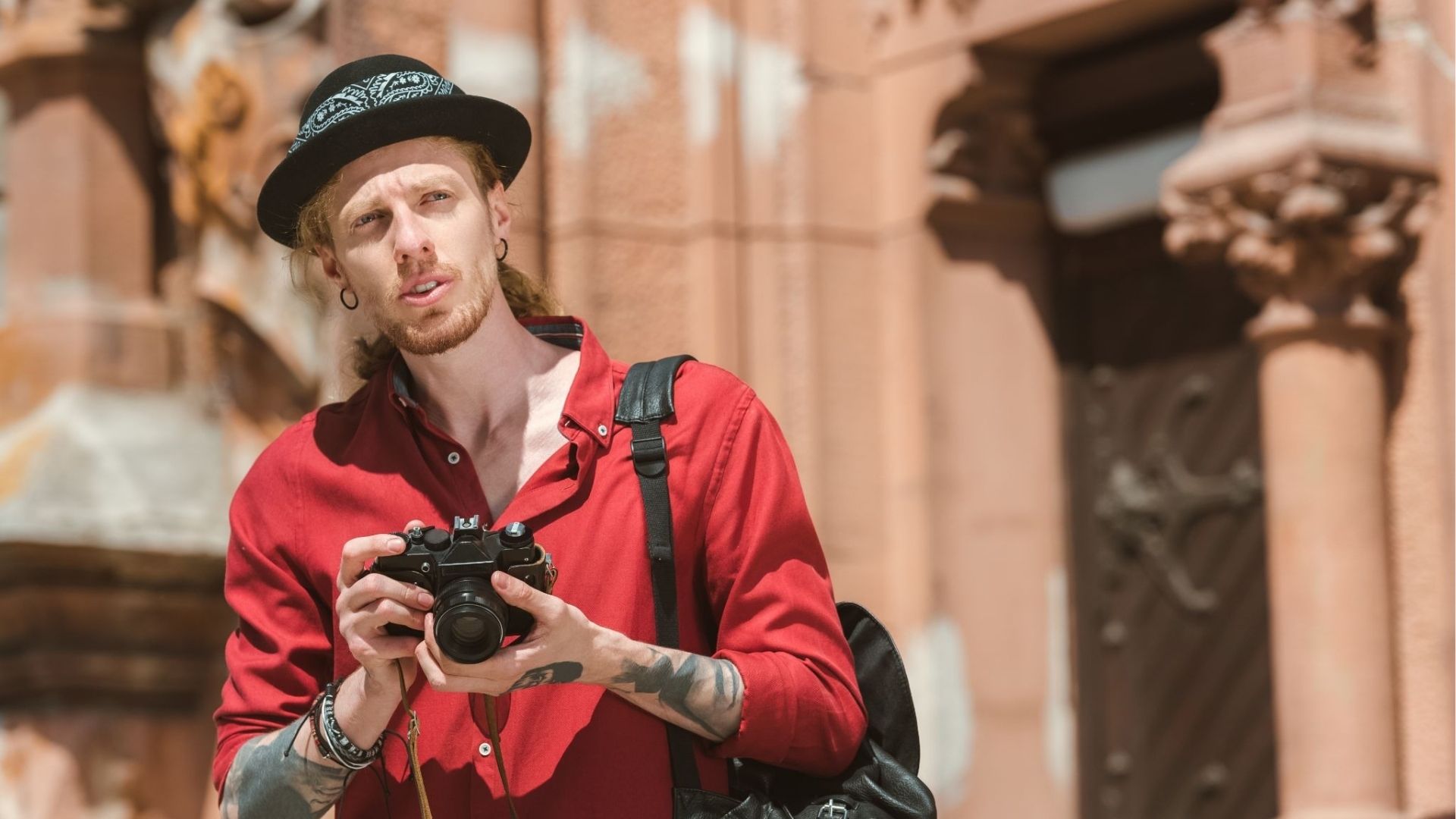
Traveling through India for the first time is one of life’s most rewarding adventures – a journey filled with color, history, and unforgettable encounters. Yet, like every great destination, India asks travelers to arrive with awareness, patience, and an open heart. By avoiding these simple mistakes, you’ll not only save time and stress but also gain a deeper connection to the country’s rhythm and culture.
Each region of India reveals a different layer – from the peace of Kerala’s backwaters to the energy of Mumbai’s streets or the grandeur of Rajasthan’s forts. When you travel mindfully, you’ll find the beauty behind every contrast and the warmth in every interaction.
India rewards curiosity and respect. Learn a few local phrases, slow down your pace, and embrace its unpredictability – that’s where the real magic begins. For an in-depth look at India’s evolving travel landscape, must-see destinations, and cultural tips, explore the India Travel Guide 2026 – your complete companion to planning the perfect India adventure.
FAQ
1. What is the best time to visit India for first-time travelers?
The best time to visit India is between October and March, when the weather is pleasant and ideal for exploring most regions comfortably.
2. How many days are enough to explore India properly?
Plan at least two to three weeks to experience India without rushing – focusing on two or three regions rather than the entire country.
3. How can I stay connected during my trip?
Using an eSIM for India by Voye Global is the easiest way to stay online. It gives instant access to maps, ride-hailing apps, and local recommendations without needing physical SIM cards.
4. Is India safe for solo travelers, especially women?
Yes, India is generally safe. Choose reputable accommodations, use verified transport apps, and stay aware of your surroundings.
5. Does Voye Global’s eSIM work across multiple Indian cities?
Absolutely. The eSIM for India by Voye Global offers nationwide coverage, including smaller towns and rural areas.
6. Do I need to tip in India?
Tipping is appreciated but not mandatory. Around 5–10% in restaurants or a few rupees for porters and drivers is considered polite.
7. What are some cultural dos and don’ts in India?
Dress modestly, remove shoes in temples, and avoid public displays of affection. Always ask before taking photos of locals.
8. Can I activate my Voye Global eSIM before arriving in India?
Yes, you can activate it instantly before arrival, ensuring seamless connectivity as soon as you land.

Seamless Mobile Data Everywhere
